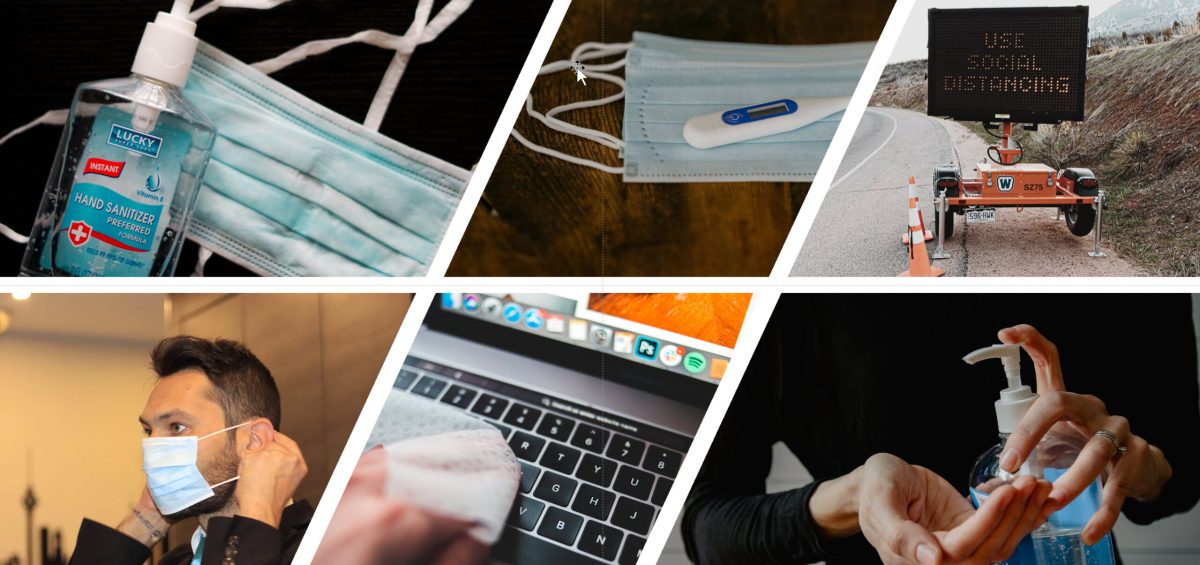As governments, businesses, public health officials, and other organizations wrestle with what the workplace should look like in and beyond the COVID-19 era, there is a lot of speculation and conjecture about just what this ‘new normal’ will be. But there is little doubt that a new normal will emerge, rather than a return to how things were, and this presents organizations with an opportunity to proactively reimagine their workspace – to make it even better than what it was before the COVID-19 crisis.
Reimagining, redesigning, and reconfiguring the existing workplace to create a vibrant, productive, and safe work environment will require diligent planning and significant change management – and how well organizations handle this transition will define their success and brand for years to come. But there is a dire need for practical, pragmatic and actionable advice in this area. The paper I have written for Mythos Group aims to provide just that, and covers four key elements:
1. Redesigning the workplace for safety
2. Reimagining and reconstructing how work is done
3. Who do we bring back onsite and when?
4. Rethinking and refining operations
Safety has to be the number one consideration, and that is my focus here.
Redesigning The Workplace For Safety
Organizations reopening their businesses are faced with complex challenges. Offices, factories, and distribution centers that are accustomed to bringing hundreds, if not thousands, of people on-site will need to reimagine their existing workplace design, with safety a top priority.
Here are a few important things companies should be thinking about as they redesign their workplace:
Distributed Offices: Organizations should consider moving from a concentrated “centralized” office model to a distributed “hub and spoke” office model. Moving the offices closer to where employees live will reduce people’s need to use crowded public transport and the risk of exposure to infectious viruses. Having small groups of people working collaboratively would address the need for connections and improved mental health while minimizing the risks of widespread exposure.
Office Design Layout: Organizations must redesign their workspace to support organizational priorities, promote interactions that cannot happen remotely using digital technologies, and ensure social distancing. The new workplace should incorporate design changes such as moving cubicles further apart, installing plexiglass barriers, creating small private offices and huddle rooms, reconfiguring conference rooms, and repurposing open workspaces.
Organizations should also emphasize hygiene in their redesign efforts. Some organizations may have to retrofit their office building’s main entrance with automatic doors, bathrooms with touchless soap, and paper dispensers, and potentially upgrade their air filtration system to use ultraviolet light and HEPA filters.
Incorporate New Emerging Technologies: The workplace of the future should incorporate new and emerging technologies as part of its office design layout. A few examples include:
- Temperature sensors installed under employees’ desks and in open public spaces to continuously monitor employee temperatures. When an employee’s temperature is out of range, it sends an alert to the designated HR representative;
- Employee tracking software to reduce floor space crowding;
- Conference rooms equipped with always-on video conferencing for seamless collaboration
Many organizations make claims to be ‘people-first’; this moment demands a demonstration of that, by placing staff and customer safety at the heart of re-designing, reimagining the future of the workplace.
Mythos Group’s white paper, Post-COVID-19, Reimagining The Workplace, contains more detail on this and other recommendations, and is available to download for free from https://bit.ly/MG-White Papers.







